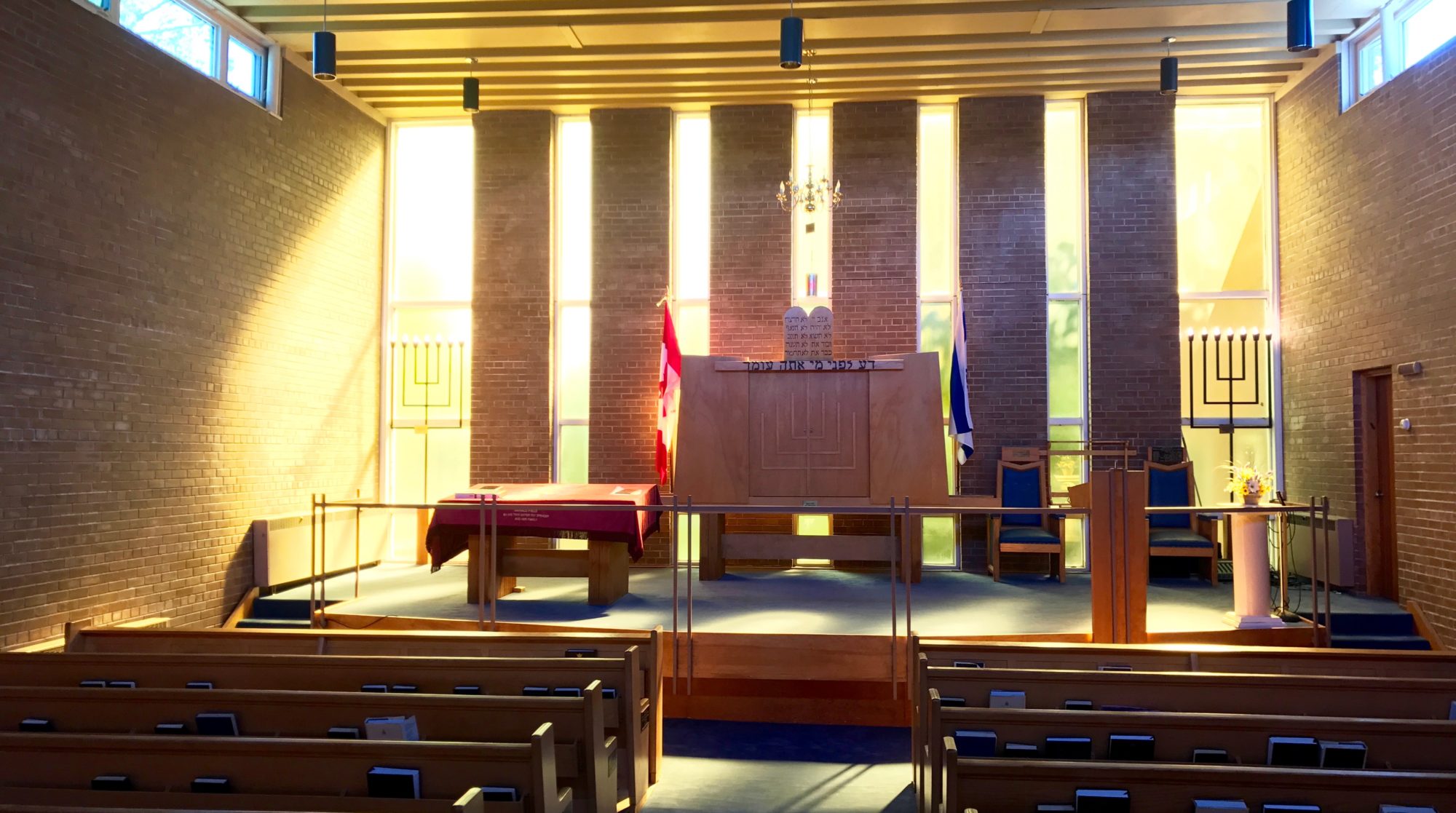Our legacy to the next generation
by Jacques Abourbih
Today is the first day of our Cheder School for this year. It is the first time in twenty years that I will not be there to greet the children of our community and to teach them about our traditions and our Mitzvot. It is time that younger teachers take over the burden of passing on our heritage.
Last week we met at Emily’s home to work out the curriculum for this year. We discussed the opening exercises. There will be three components. The first is Modeh Ani Lefanechah, the second is the Shema, and the third is the Hatikvah. I am happy that I was able to participate in that meeting and influence my own legacy to the Jewish school of Sudbury I taught or help teach for almost twenty years. Each component is intricately tied with our past and our future, and our Jewish sense of belonging.
The Modeh Ani contains no mention of any of G-d’s holy names. We recite eleven simple words the moment we open our eyes. It is a simple doxology thanking G-d for restoring our soul and enabling us to serve Him yet another day.The youngest child to the oldest senior, the wisest sage to the unlettered person utter these simple words.
The Shema speaks of loving G-d, learning, and passing our traditions to our children. The Torah records Moses including the Shema in his farewell address to the Jewish people as his ultimate legacy.
The Shema is our declaration of faith, a pledge of allegiance to One God. It is said upon arising in the morning and upon going to sleep at night. It is said when praising God and when beseeching Him. It is the first prayer that we teach a child to say. A Jew says these last words prior to death. With the Shema on our lips, we Jews accepted martyrdom at the Inquisitor’s stake and in the Nazi gas chambers.
In the Sbarro Pizza bombing on August 9, 2001 in Jerusalem 15 people died at the hands of Arab Palestinian terrorists. Five members of a Dutch family were killed. One was Avraham Yitzhak a 4-year-old boy. As he was lying on the ground — bleeding, burning and dying — he said to his father, “Abba, please help me.” His father reached over and held his hand. Together they said the words of the Shema.
The Hatikvah is the symbol of our connection with all Jews in the world and our historical aspirations. The text comes from a poem by Naftali Hertz Imber called Tikvatenu, first published in Jerusalem in 1886. It soon became popular throughout the Jewish world and in 1933 was adapted as the anthem of the Zionist Movement by the 18th Zionist Congress. Upon establishment of the State of Israel in 1948, Hatikva became the national anthem.
People at the meeting at Emily’s questioned whether our children singing the Hatikva would understand the meaning of the words they were reciting. Before you answer with your own thought, I invite you to go to this site: http://www.isracast.com/article.aspx?id=766
Bergen-Belsen was a Nazi concentration camp in Lower Saxony, southwest of the town of Bergen near Celle. Between 1943 and 1945, an estimated 50,000 people died there, up to 35,000 of them dying of typhus in the first few months of 1945. On April 15, 1945, British forces liberated the Bergen-Belsen concentration camp in northern Germany. Sixty-thousand prisoners were living in the camp when the troops arrived, most of them seriously ill. Thousands more lay dead and unburied on the campgrounds.
BBC reporter Patrick Gordon Walker was among the press corps that entered Bergen-Belsen with the British troop. Over the next few weeks, he documented what he saw, recording the first Shabbat ceremony openly conducted on German soil since the beginning of the war. The Smithsonian institute preserved the records of these dispatches. In this dispatch, you will hear Walker’s voice:
“The few hundred people gathered together were sobbing openly, with joy of their liberation and with sorrow of the memory of their parents and brothers and sisters that had been taken from them and gassed and burned.
These people knew they were being recorded. They wanted the world to hear their voice. They made a tremendous effort, which quite exhausted them. Listen:”
At that point, in the recording you will hear those survivors singing the Hatikvah.
I am glad the Hatikvah will be part of our opening exercises, even if our children don’t understand the words today. They will later.
Jacques
_________________________________________
Hello:
Just a little background in the recording engineer (of Hatikvah at Bergen-Belsen). Moses Ash of WEVD ( named after the politician Eugene V. Debs) was quite an activist. I recall hearing some songs by Pete Seeger and others concerning the Spanish Civil War which he (Moses) originally had recorded circa 1937. No, I was not around then. This was many, many years later, when I belonged to a left-wing Zionist group in Winnipeg (Hashomer Hatzair).
Actually, I have not heard that version of Hatikvah since 1948. Some of the words were changed, so instead of singing about going back to the land of our forefathers and to David’s city (cities), we now sing about being a free nation in “our” land, in the land of Zion and Jerusalem!
A Happy and Healthy New Year to all.
Phil Finkle
